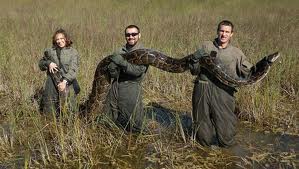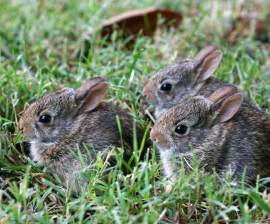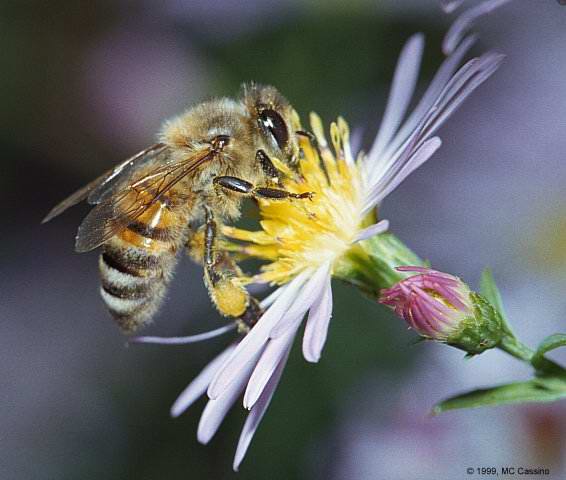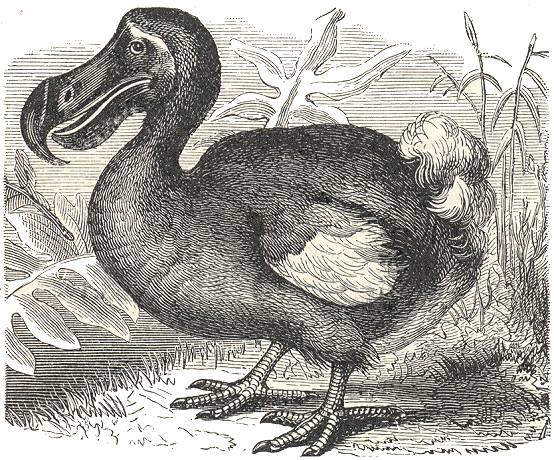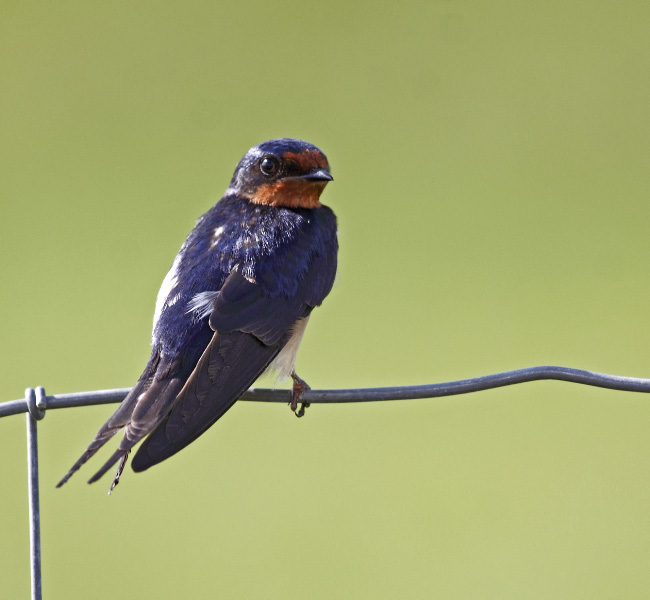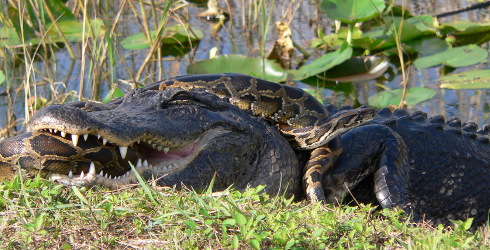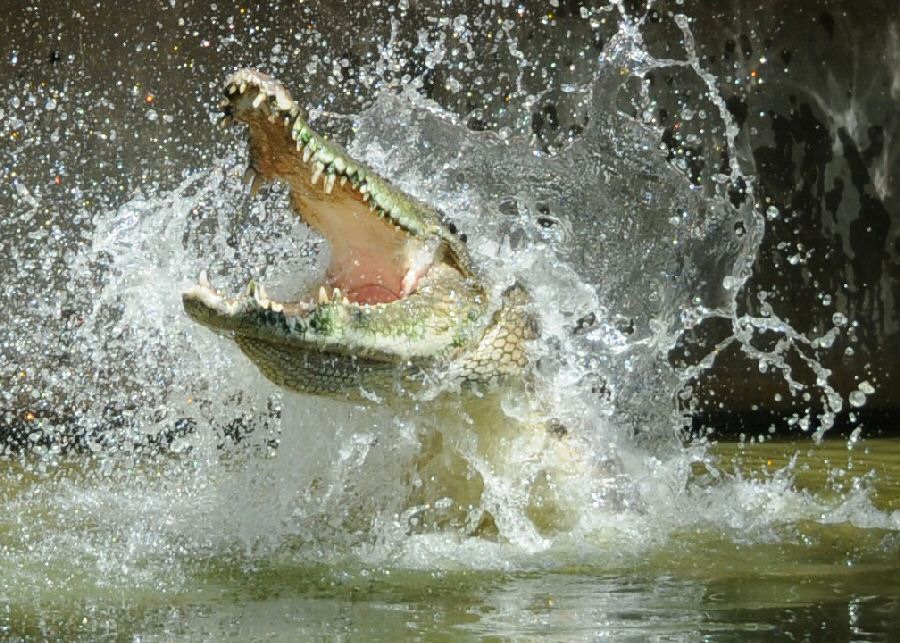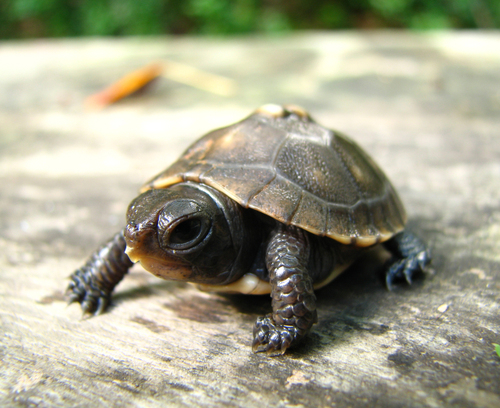Throughout the world hunting has been used as a way to harvest animals for human consumption. In more cases then not, hunting has been managed sustainably to ensure long term availability of protein. In order to have healthy wildlife populations, a balanced ecosystem has to be maintained and preserved. Recently much attention has been given to hunting as a possible conservation tool. In addition, more hunters are actively participating in conserving wildlife and habitat to guarantee long term survival. Is it conceivable that the act of killing animals can also be used to save them? To see the whole picture …
Can Hunting be an Effective Conservation Tool?
